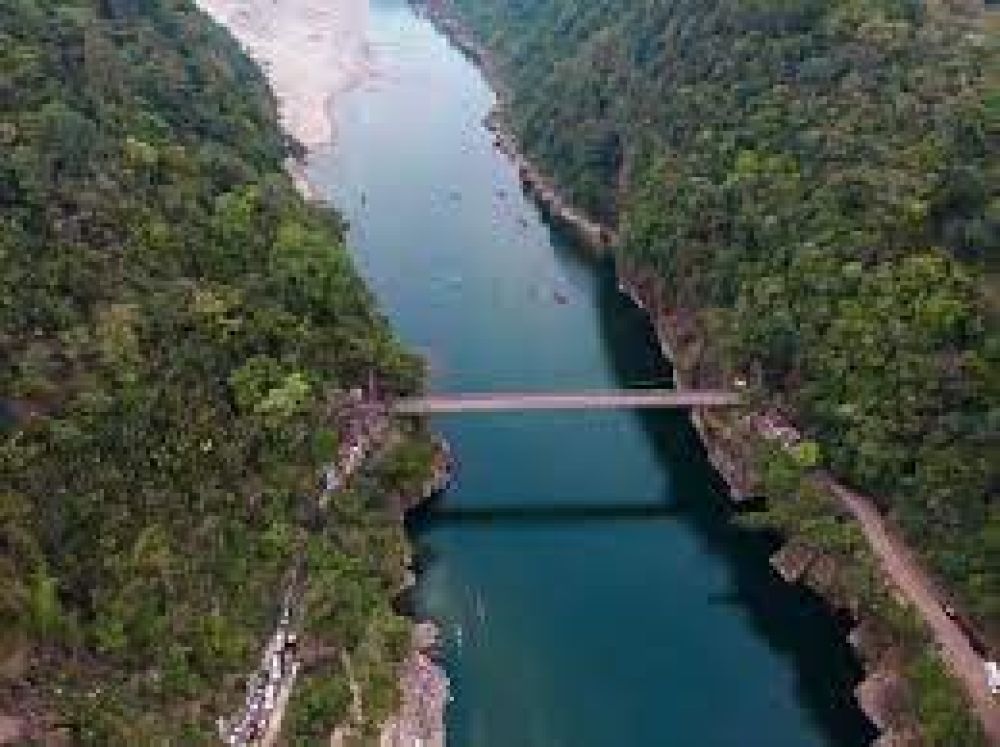

Nestled along the border between India and Bangladesh, the Dawki Suspension Bridge is a remarkable feat of British engineering that dates back to the early 20th century. This historical bridge spans across the Umngot River in Dawki, a small but picturesque town in the East Jaintia Hills district of Meghalaya, India. Its construction was completed in 1932, under the British rule, to connect both sides of the river and enhance trade with neighboring Bangladesh.
The Dawki Suspension Bridge has not only served as an important trade route but also holds a significant place in the history of the region. Constructed primarily for the transport of goods, it played a crucial role in the economic development of Meghalaya. Its historical importance and unique architectural style draw visitors from across the world, adding to its identity as a symbol of colonial influence in India.
Tourism in Dawki started gaining momentum as travelers began to seek out the unspoiled natural beauty and cultural richness of Meghalaya. The glass-like transparent waters of the Umngot River, which the bridge traverses, is a sensory delight and has been a major draw for tourists seeking serenity and adventure. Over the years, Dawki has transformed from a quiet border town to a bustling hub for travelers seeking to experience the famed crystal-clear river and participate in activities like boating and camping.
When visiting the Dawki Suspension Bridge, tourists can marvel at the view of the emerald-green river that flows gently beneath it. The bridge itself, although old, stands as a testament to the innovative engineering of its time. What makes it unique is its historical charm intertwined with the stunning natural beauty that surrounds it.
Of late, ecotourism and sustainable travel experiences have become increasingly popular trends in Dawki. Travelers today are more conscious about their environmental impact and seek to immerse themselves in the local community and culture. There has been a surge in the number of tourists partaking in community-led tourism initiatives, which aim to preserve the ecological balance while providing an authentic experience to visitors.
Moreover, adventure tourism is on the rise, with activities such as cliff jumping, snorkeling, and kayaking becoming prevalent. Tourists are also exploring beyond the bridge, into the nearby villages and exploring the indigenous culture, cuisine, and the lifestyle of the Khasi tribes. This interaction has led to a more enriching travel experience and improved livelihoods for the local community.
Visiting the Dawki Suspension Bridge offers an unmatched blend of history, adventure, and natural splendor. As responsible tourism continues to grow, there is great potential for Dawki to set an example for other destinations in promoting cultural understanding and environmental conservation.